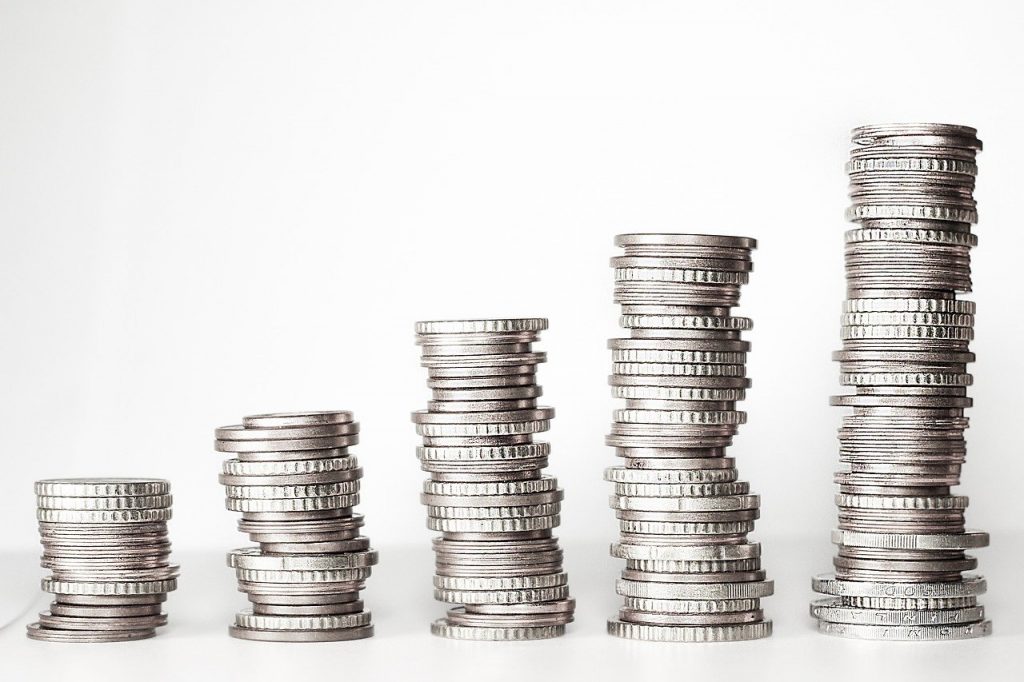What does the Australian economy look like in 2020?

Analysts had published their interpretation along with International Monetary Fund of what the world should expect of Australian economy this 2020. Before disclosing anything significant, a reminder that the Australian economy had never announced any recession since 1992-2018. But as challenges have come in left and right for the country how promising is it for them in 2020?
Employment
The main source of income for the majority of the Australian people is their lands and investments. Since there is an expected increase in the working population, GDP may see an increase from the employment sector. With a predicted stagnation of its economy concerning employment, the Australian economy showed a great hold of emerging technologies. Having a statistical overview of jobs where Information Media and Telecommunications along with Professional Scientific and Technical Services have emerged significantly. Considering all of these, Australia’s output has been largely driven by technological advancement and knowledge-intensive services.
Geographical Relationships
Australia’s neighbouring countries include the longest, richest civilizations that ever lived, China and India. Also, the Asia-Pacific region has established good relationships with Australia both in trade and services. This puts Australia in a pretty safe disposition in terms of sources of food, co-habitation, and emergent situations. Proven by the latest bushfires that happened, New Zealand, for example, had sent troops over to Australia to help out in putting out the fires and to save as many people, and wildlife of course, as they can. Though continuously challenged by drought, tourism in Australia still is pretty much contributing greatly to Australia’s GDP. With 10.3 million visitors last year, and 9.5 million in 2018, this year makes no exception.
Since the US-China trade wars have happened, the global stock market had moved dramatically. But Australia’s proximity is still assured to at least benefit from China and India accounts for 30% of the world’s GDP or Gross Domestic Product. China is today’s Australia’s biggest trading partner mainly because of China’s continuously strong demand for iron ore, liquefied natural gas, and coal. The transactions they make involve billions of dollars. But as of the moment, the Wuhan Novel Coronavirus may be making it harder for both countries to do so.
Australia’s Advantage
Australia’s purchasing power still favours their economy as the Australian government assures it of a healthy fiscal position announcing an A$7.1 billion surplus for its 2019-2020 Budget. The first time for Australia to attain this in 12 years. Its people had invested money on its land, are visited by numerous tourists annually, and are represented well by its overseas foreign workers all over the world, adding up to the country’s GDP. Because of the announced budget surplus, Australia remains to be credited with an AAA. Banks are lending to capitalists. This makes them one of the only ten countries with the AAA rating from the major credit rating agencies trio. Also, their interest rates will be adjusted in favour of its people. A change in the Australian exchange rate is expected to improve as well and moderate wage will grow favourably as well.
All in all, considering these analyses, Australia’s debt will be reduced to just 15% of GDP by 2023, while the average debt ratio advanced economies will stay high at 73% of GDP. While 2018 had experienced challenges with mining and a decline in the people investing on lands and properties, 2020 may have a good promising come back for Australia. As long as the global pandemic declaration is lifted in which Wuhan Novel Coronavirus Outbreak stops, Australia will remain a great country to visit or live in.





